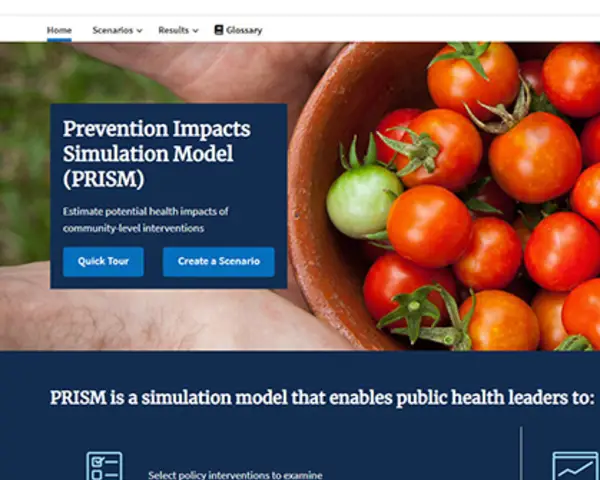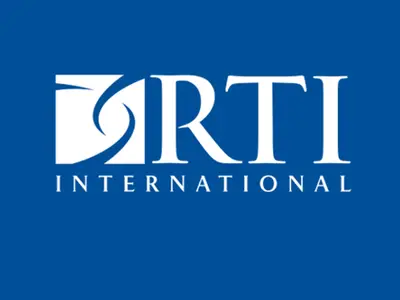Assessing value and impact in health
Our work in Health Economics provides policy makers with evidence on the costs and benefits of programs to promote health and prevent disease. Expert researchers also analyze the impact of economic incentives on health risks, health protective behaviors, and health and economic outcomes.
We design and conduct:
- Program cost analyses
- Program and policy evaluation
- Disease and economic modeling
- Cost-effectiveness analyses
- Policy impact studies
- Burden of illness studies
- Resource allocation analyses

Understanding the Impact of the COVID-19 Pandemic on Drinking
The lockdown across the nation in March of 2020 forced people to spend more time at home and changed how and where they could purchase alcohol. We conducted a national survey of alcohol consumption during this period and found alarming increases in overall consumption and excessive drinking immediately after the lockdown.
Increased drinking was particularly large among women and people with children in the home. We have conducted another survey on behalf of the National Institute on Alcohol Abuse and Alcoholism to assess whether these increases were sustained after lockdowns ended and better understand what factors influenced increased drinking.

Simulating Impacts of Preventive Interventions
Working with the Centers for Disease Control and Prevention (CDC) for more than 15 years, we developed the Prevention Impacts Simulation Model (PRISM). PRISM simulates the impact and cost-effectiveness of dozens of preventive and clinical interventions for cardiovascular disease and its risk factors. The publicly available online model offers six different demographic profiles for communities to generate simulations for a population that best matches their own. CDC has used PRISM to support planning and evaluation for state and community awardees targeting tobacco use, inadequate nutrition and physical activity, and chronic condition management.

Evaluating state efforts to expand substance use disorder treatment access and availability in Medicaid
Many states are increasing access to and capacity to provide services to address substance use disorder (SUD) among people receiving Medicaid, the single largest source of health coverage in the nation. We are helping the Centers for Medicare & Medicaid Services (CMS) evaluate these efforts, known as section 1115 demonstrations, across over 30 states.
To provide a comprehensive picture of the demonstrations, we are compiling a multi-state database of demonstration features and SUD policies; conducting interviews with stakeholders, such as providers and state officials; and analyzing data on Medicaid beneficiaries’ outcomes. We will use the results to provide actionable recommendations to CMS on SUD treatment policy, strategies for implementation, and how to scale up and diffuse successful demonstration models.

Mathematical Modeling of HIV Prevention and Care
We developed a mathematical model of HIV, the HIV Optimization and Prevention Economics (HOPE) model, that simulates HIV infections in the United States that result from sexual and injection drug use risks. Working with CDC’s Division of AIDS Prevention, we have used HOPE to analyze the impact of pre-exposure prophylaxis, to explore what additional efforts may be needed to achieve national goals for HIV prevention, and to estimate the optimal allocation of HIV funding across prevention and treatment interventions.
Related Projects
A National Tobacco Cessation Campaign’s Role in Reducing Preventable Death
Read More about A National Tobacco Cessation Campaign’s Role in Reducing Preventable Death
















